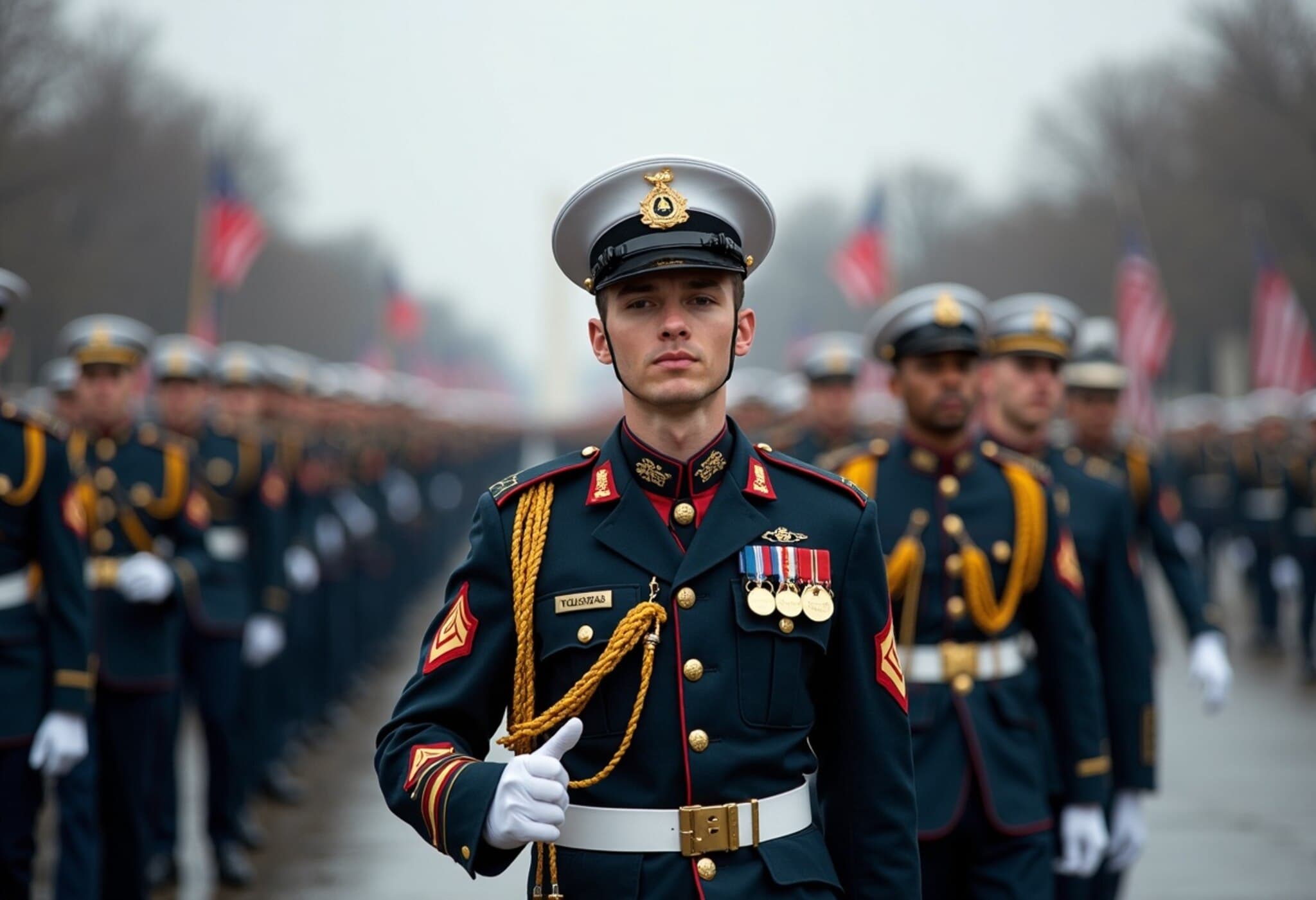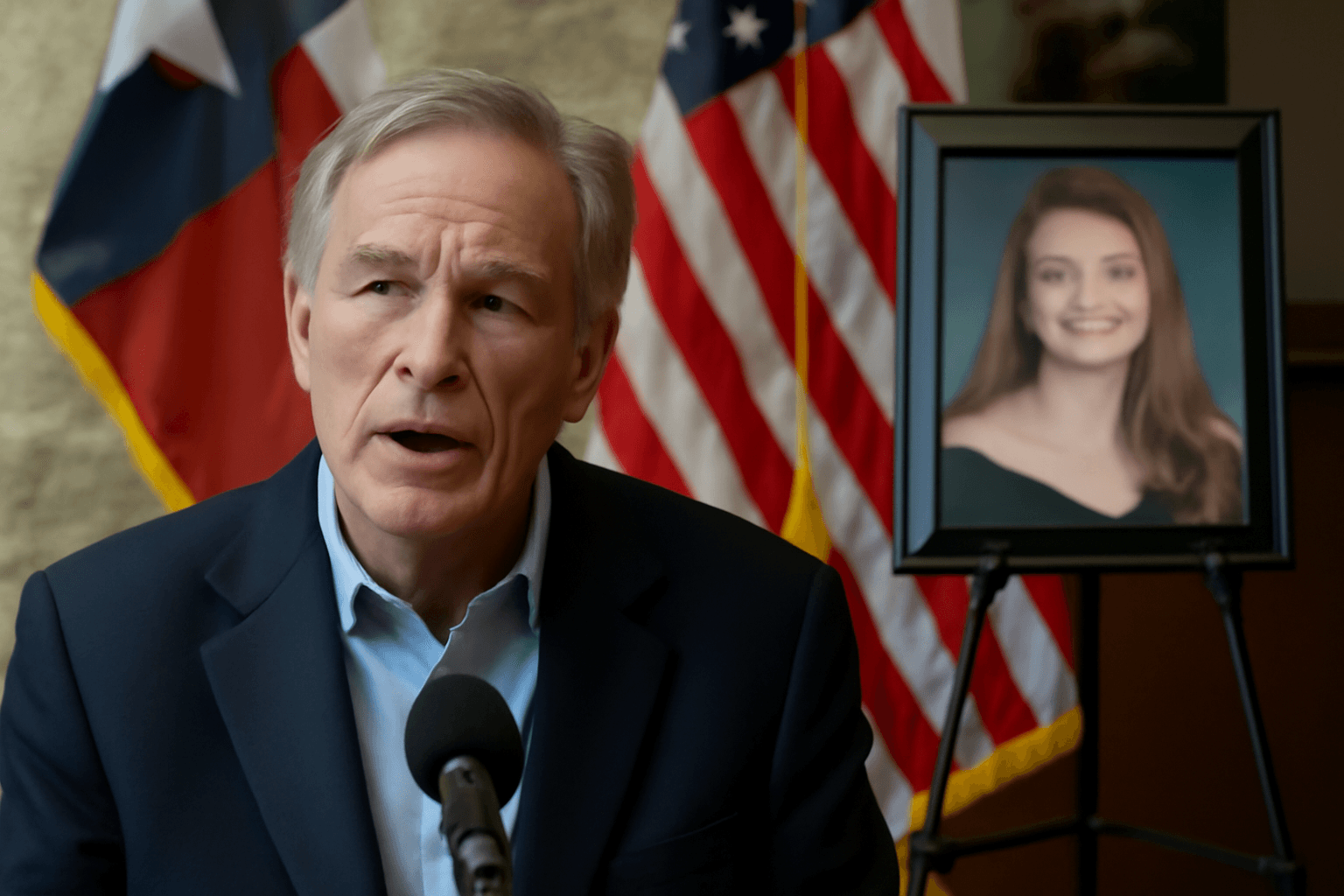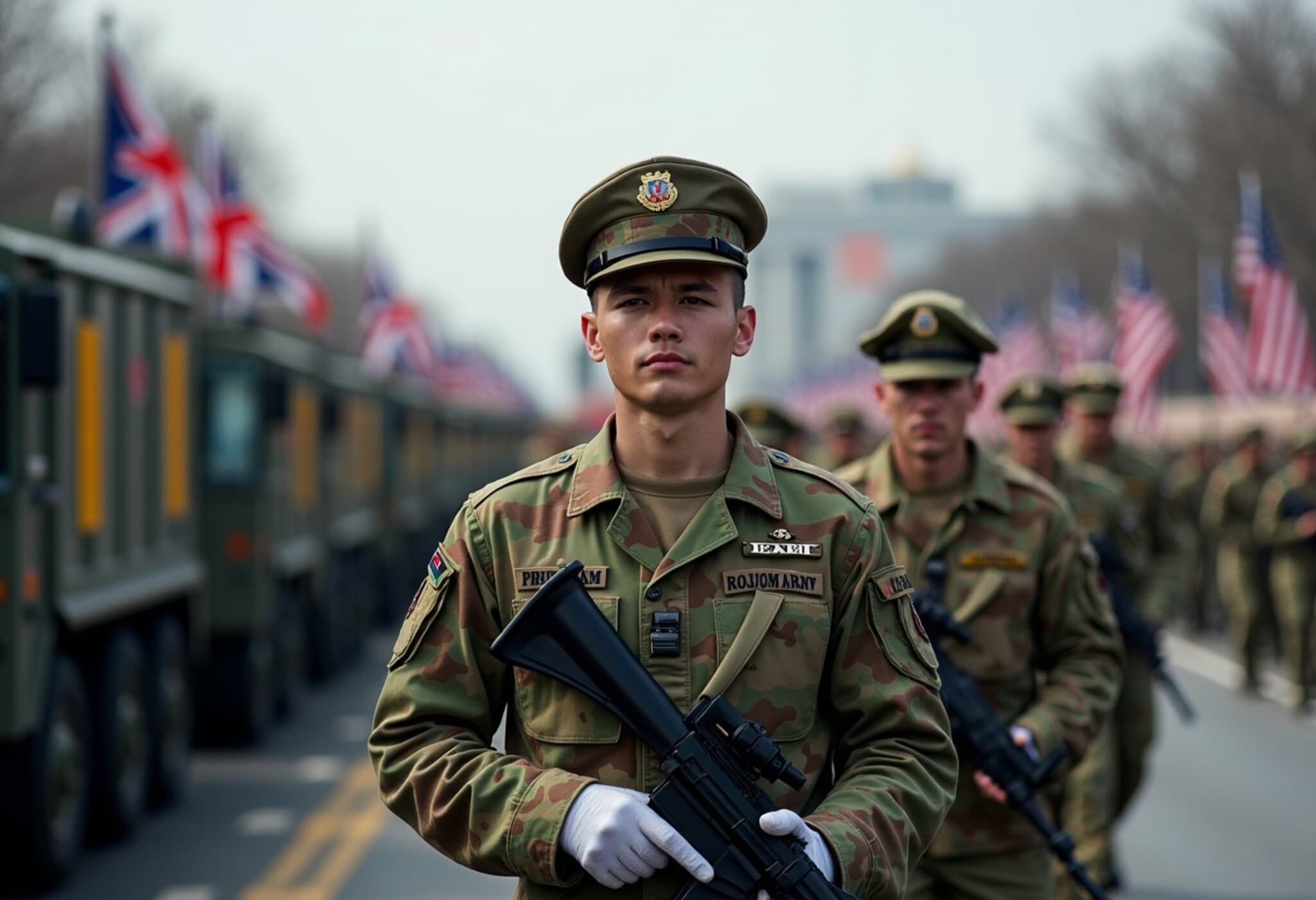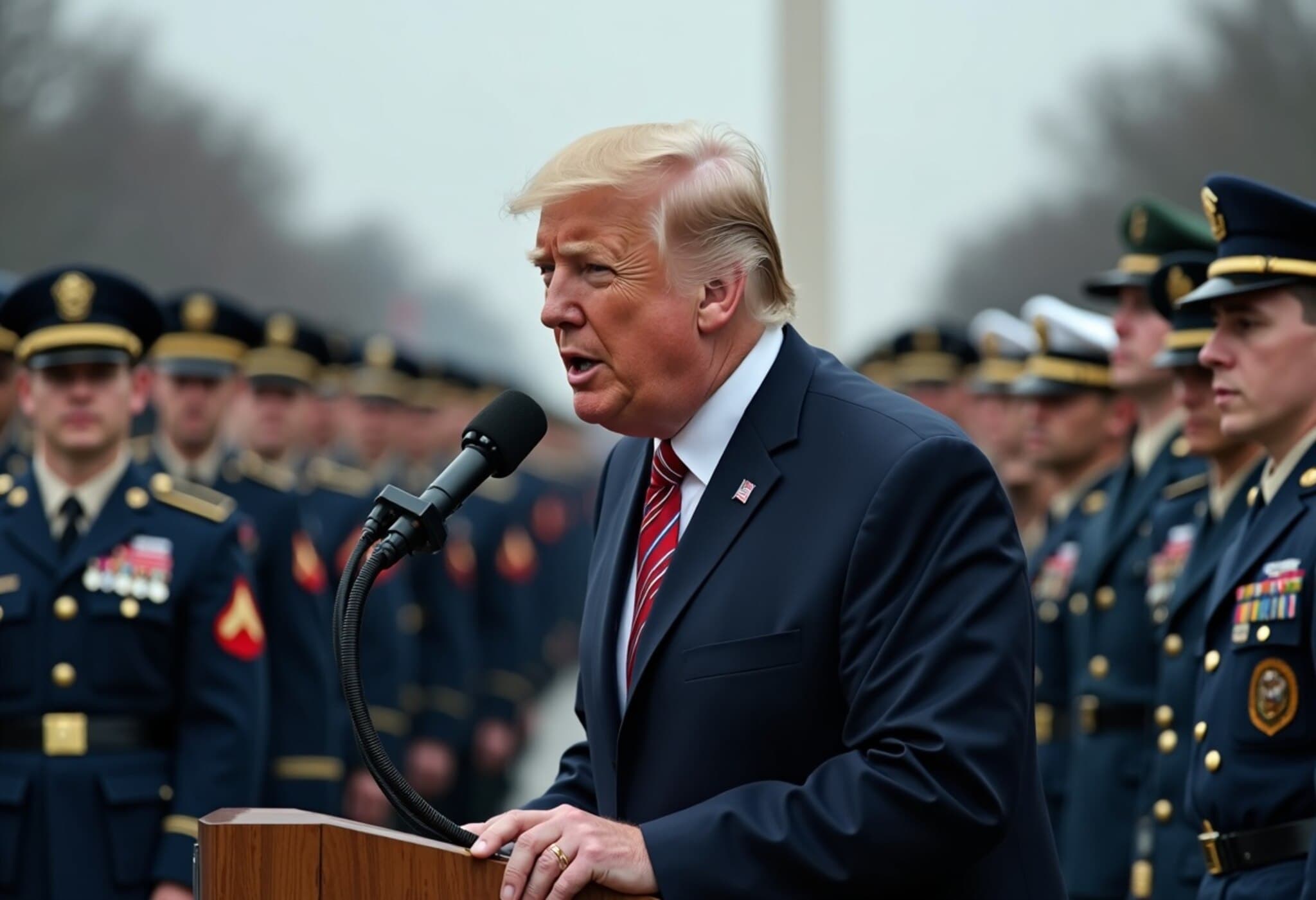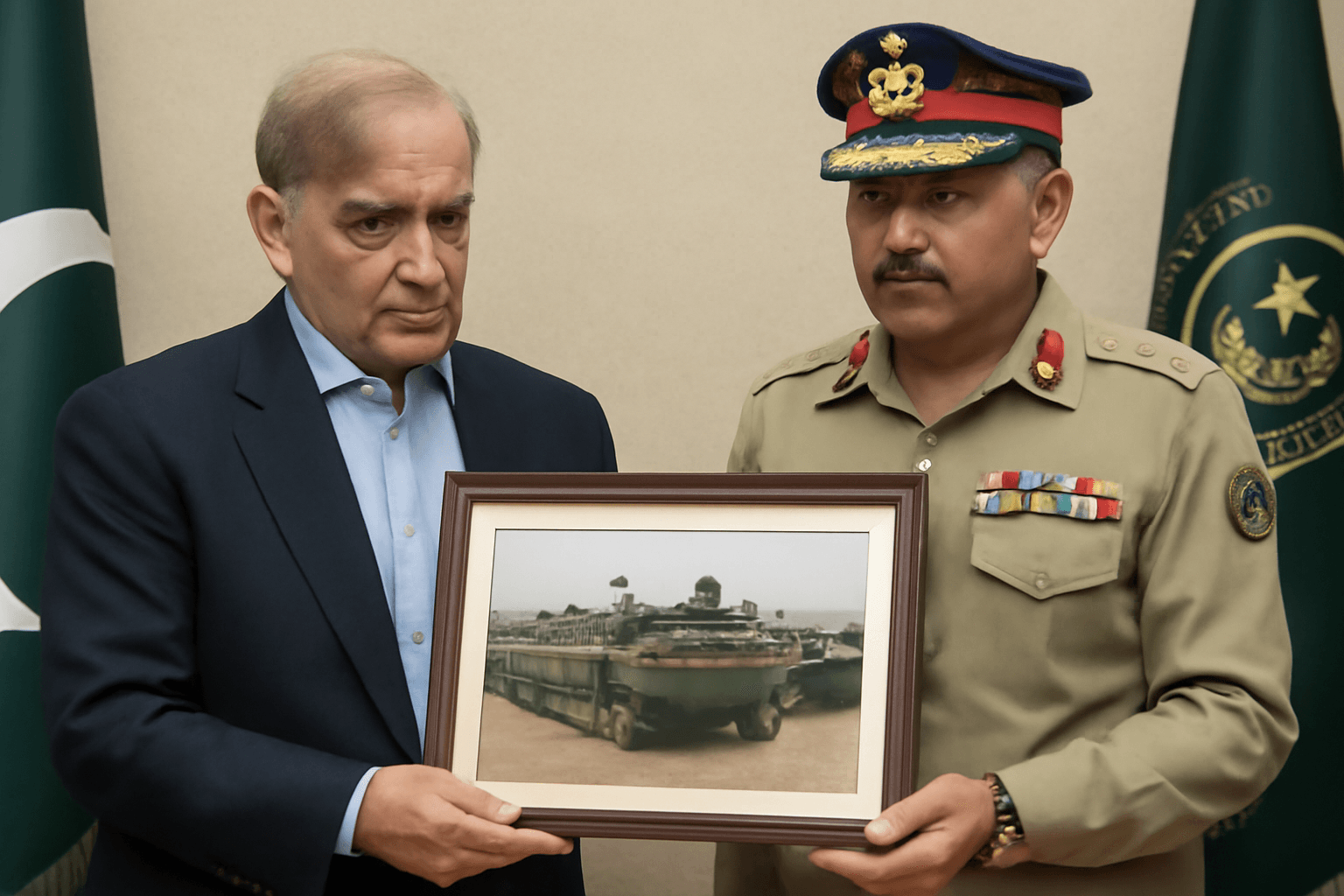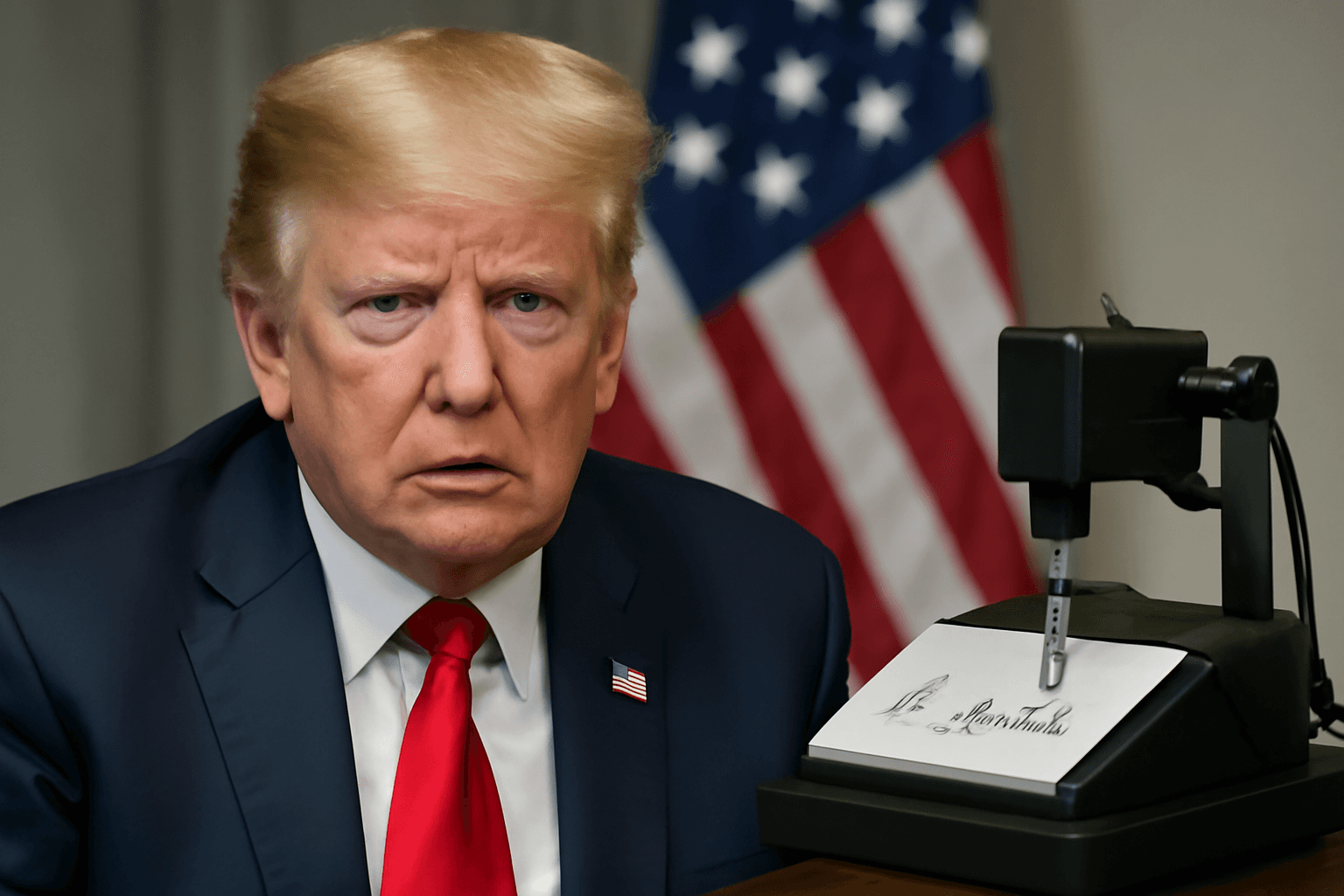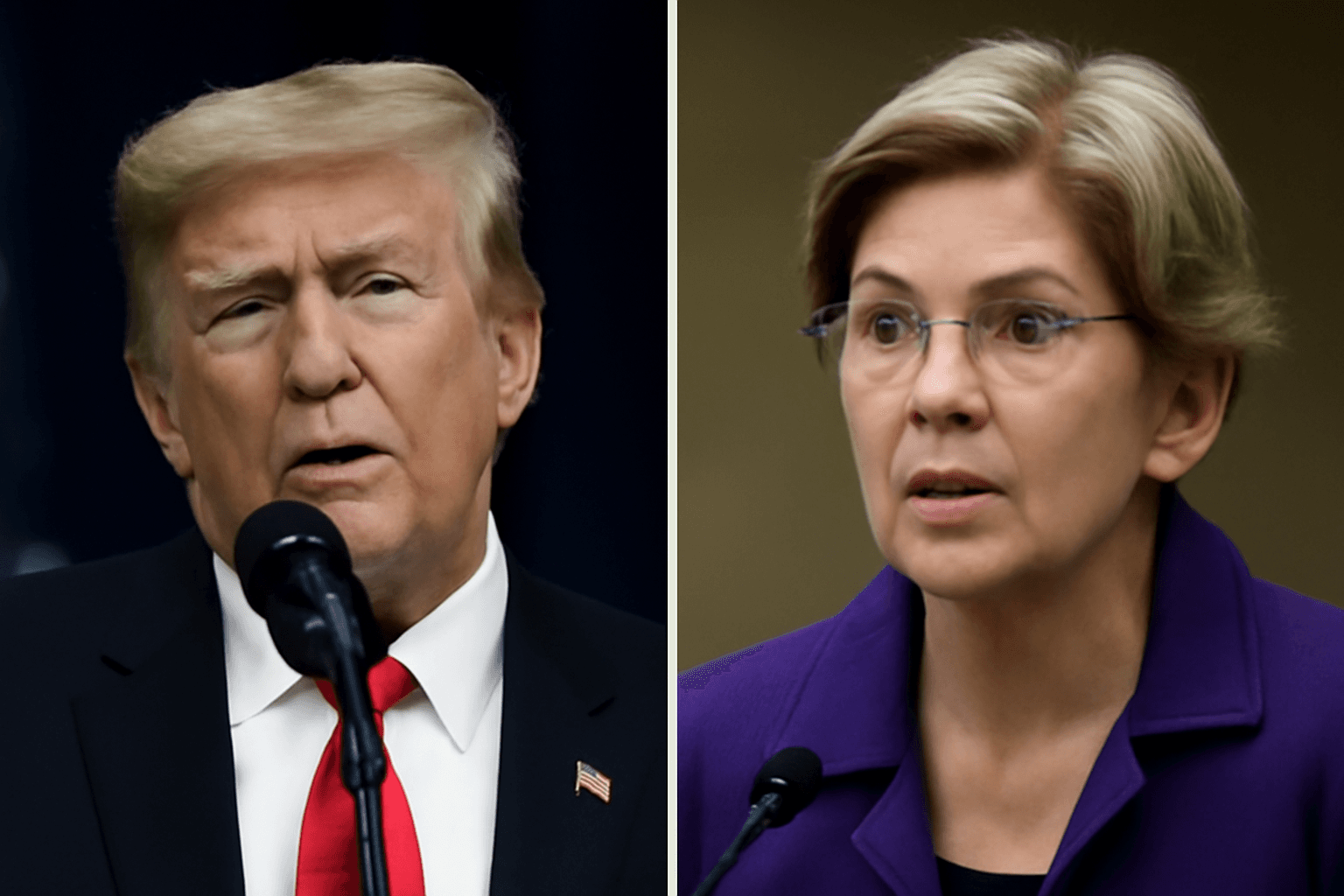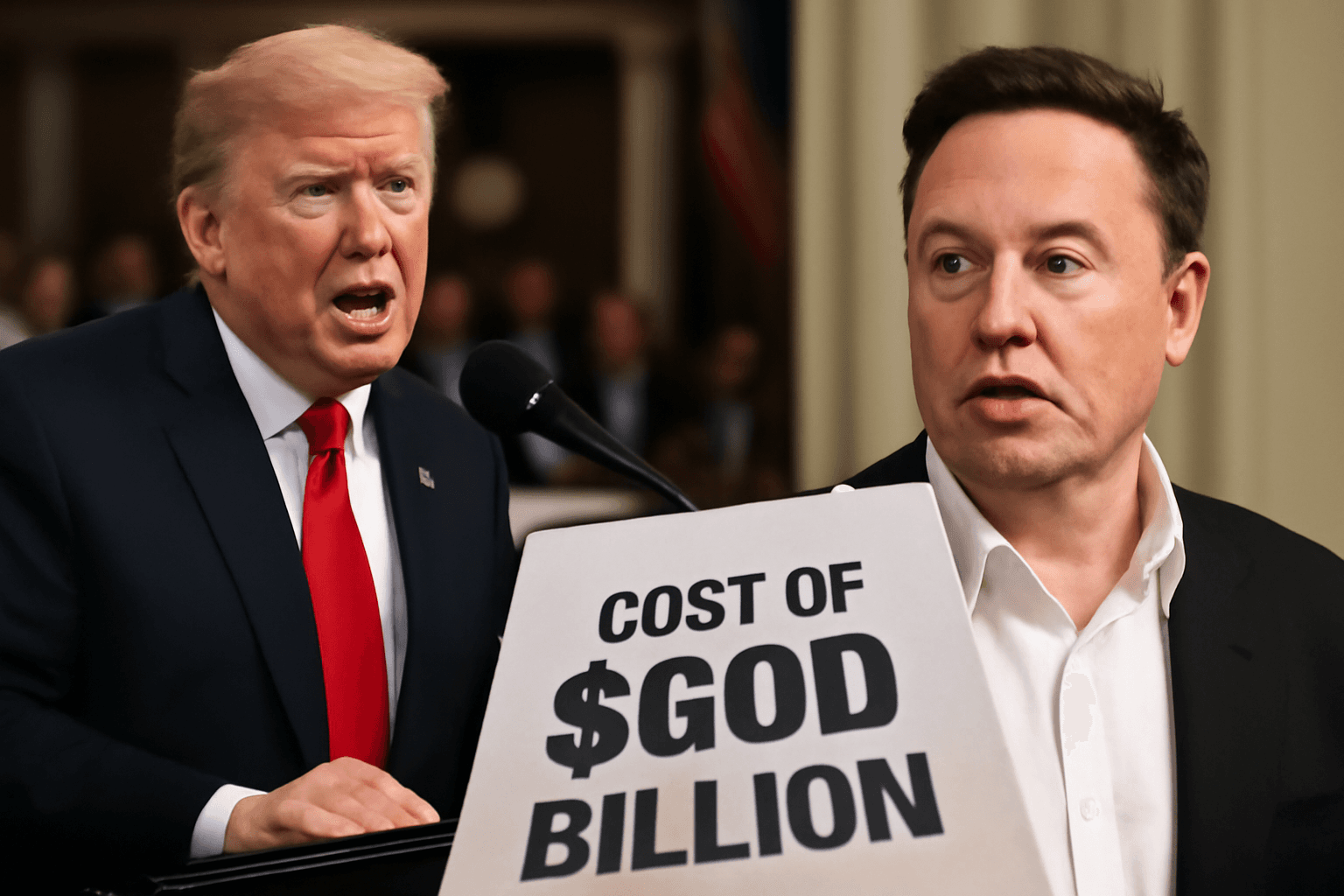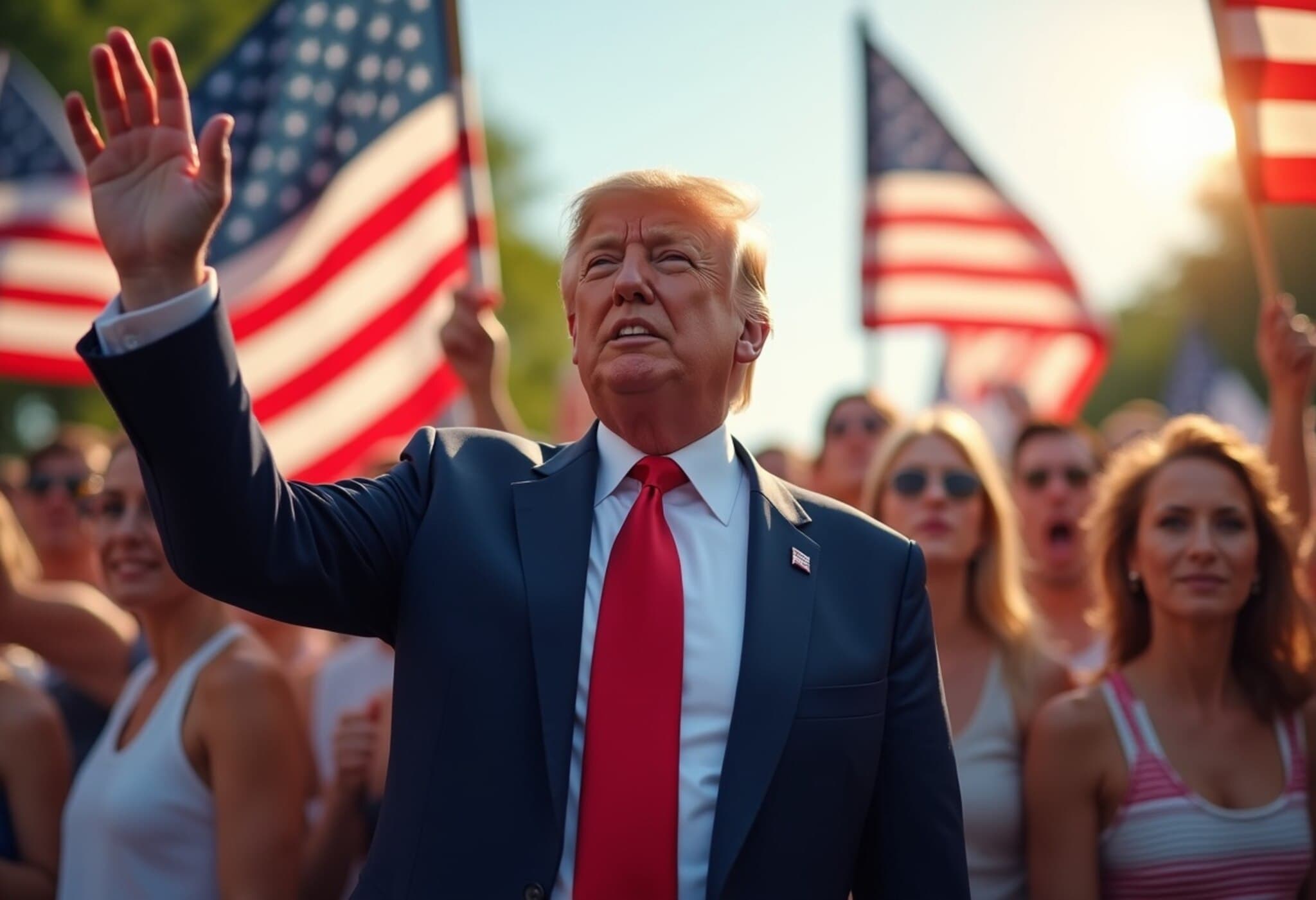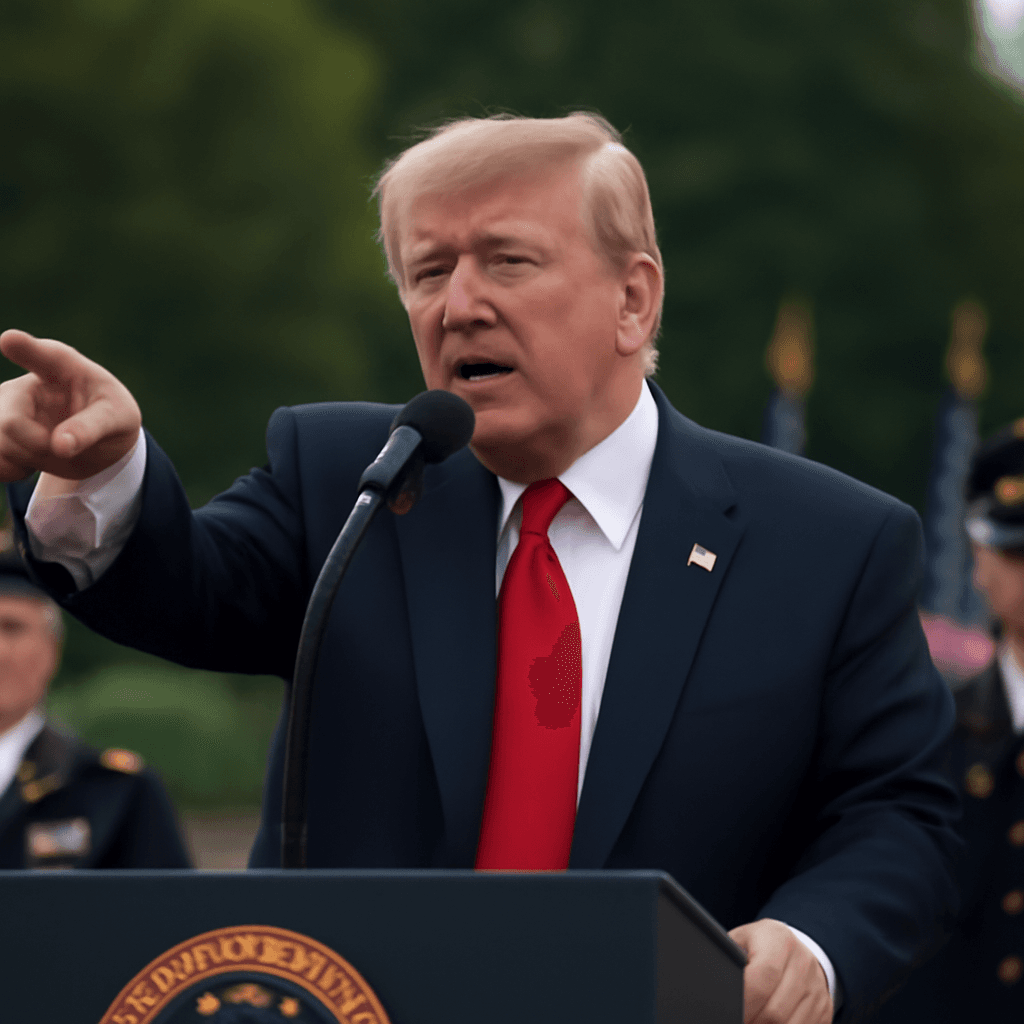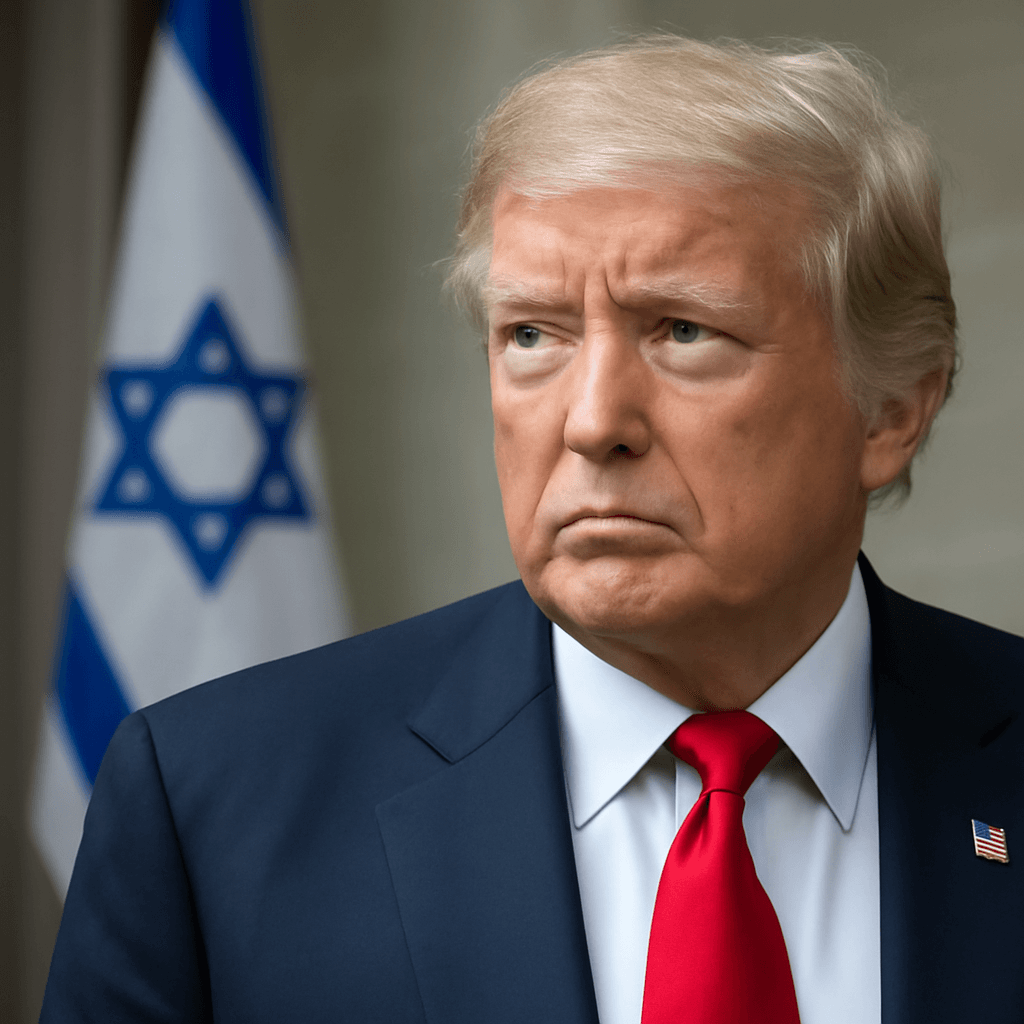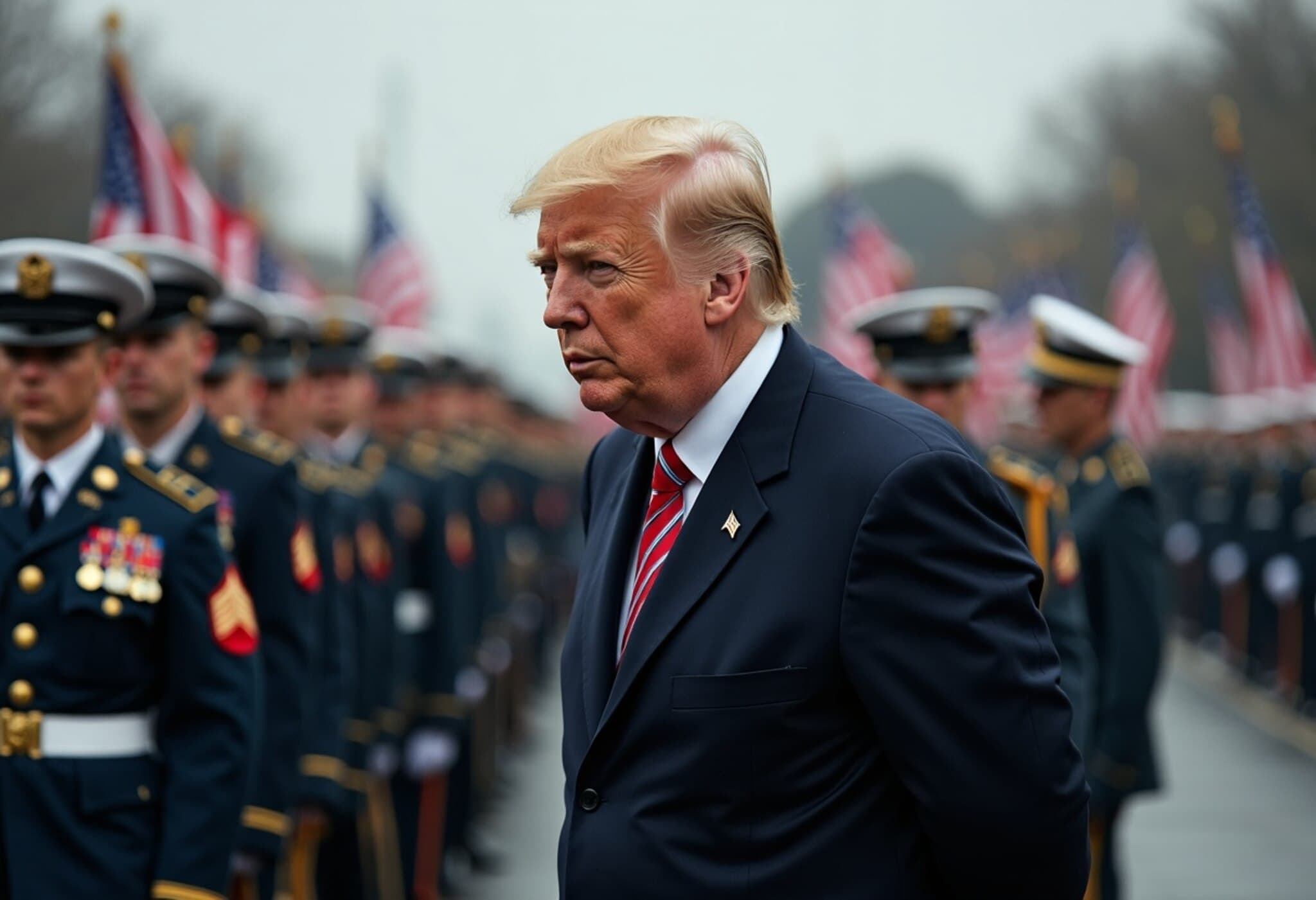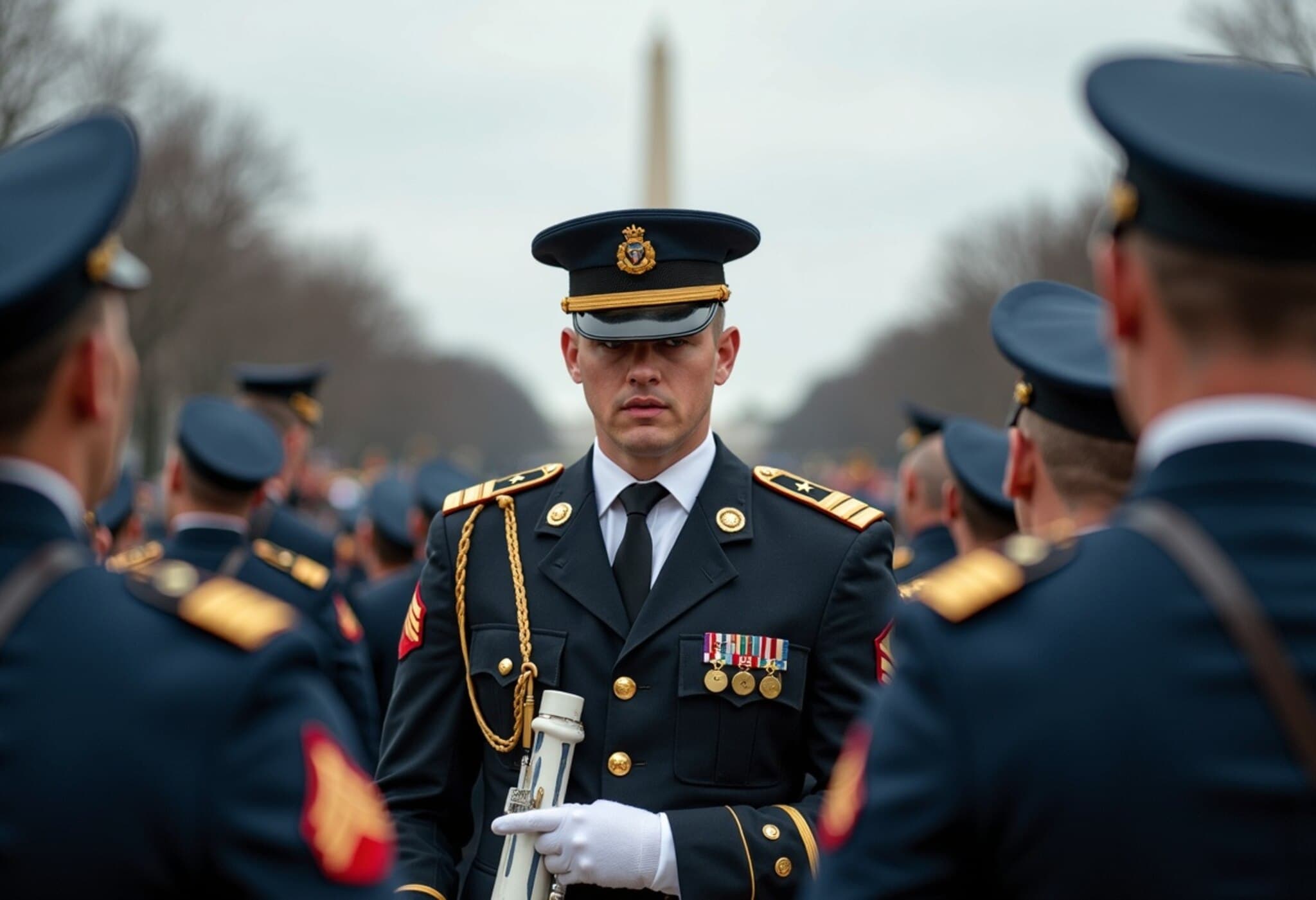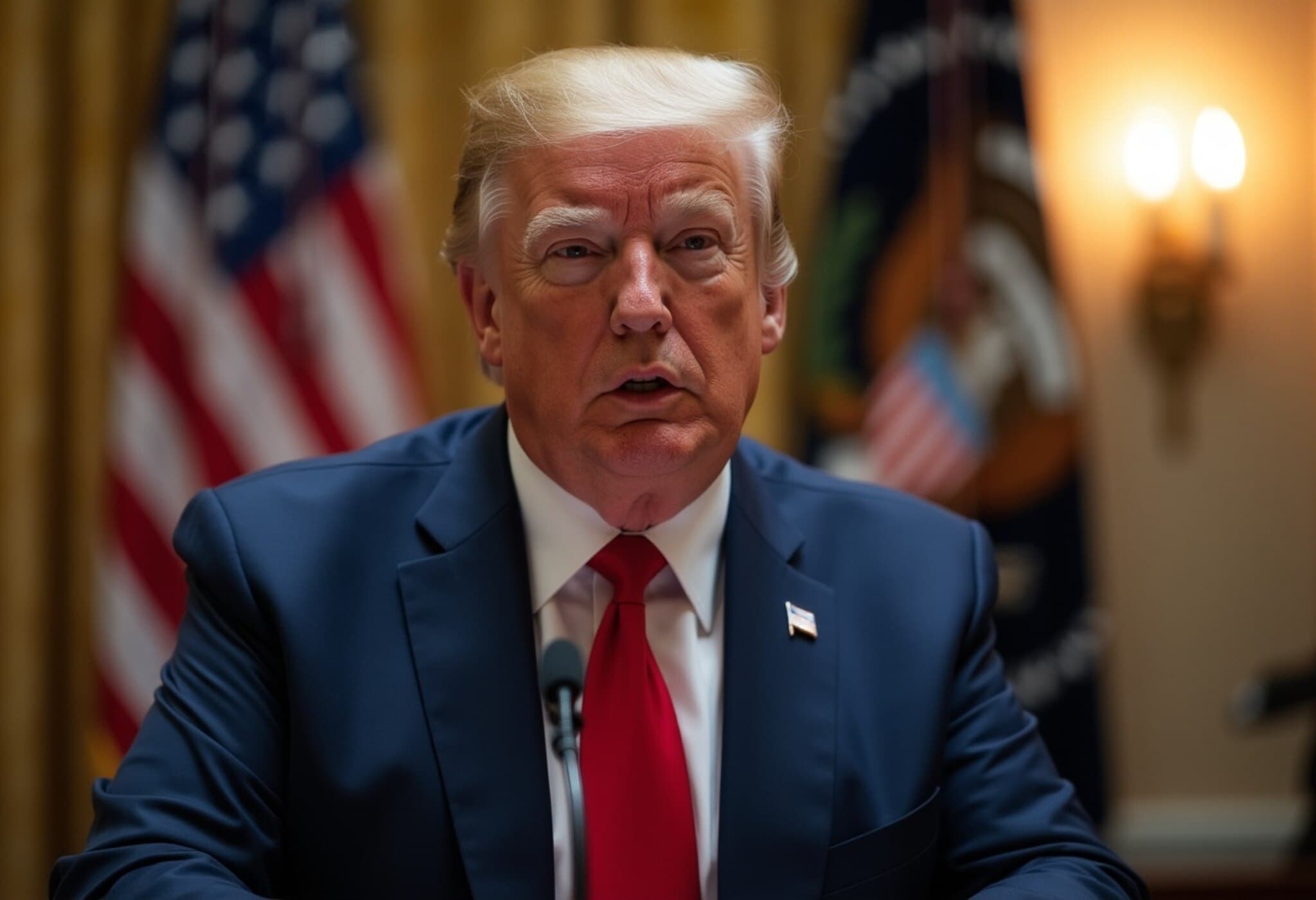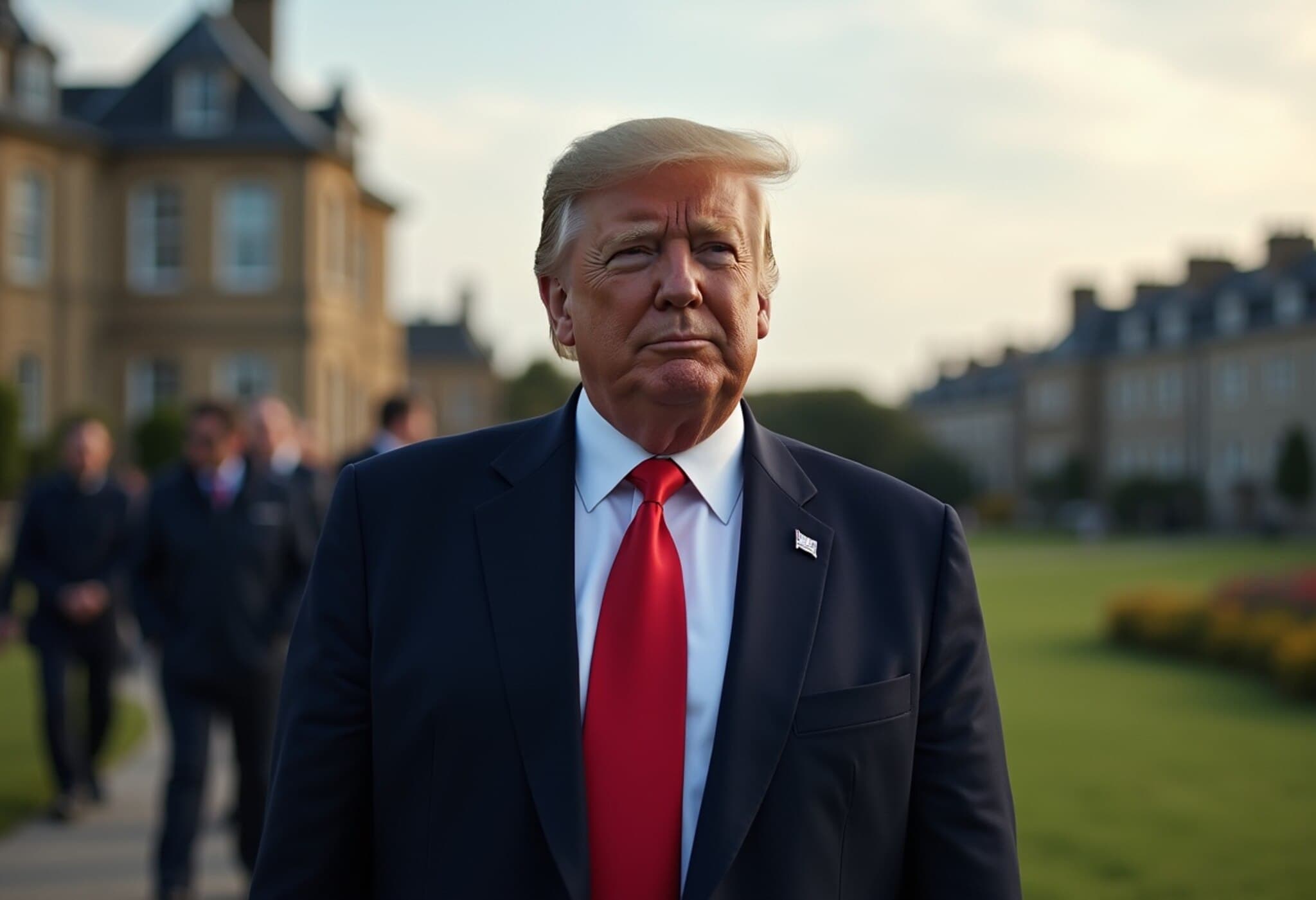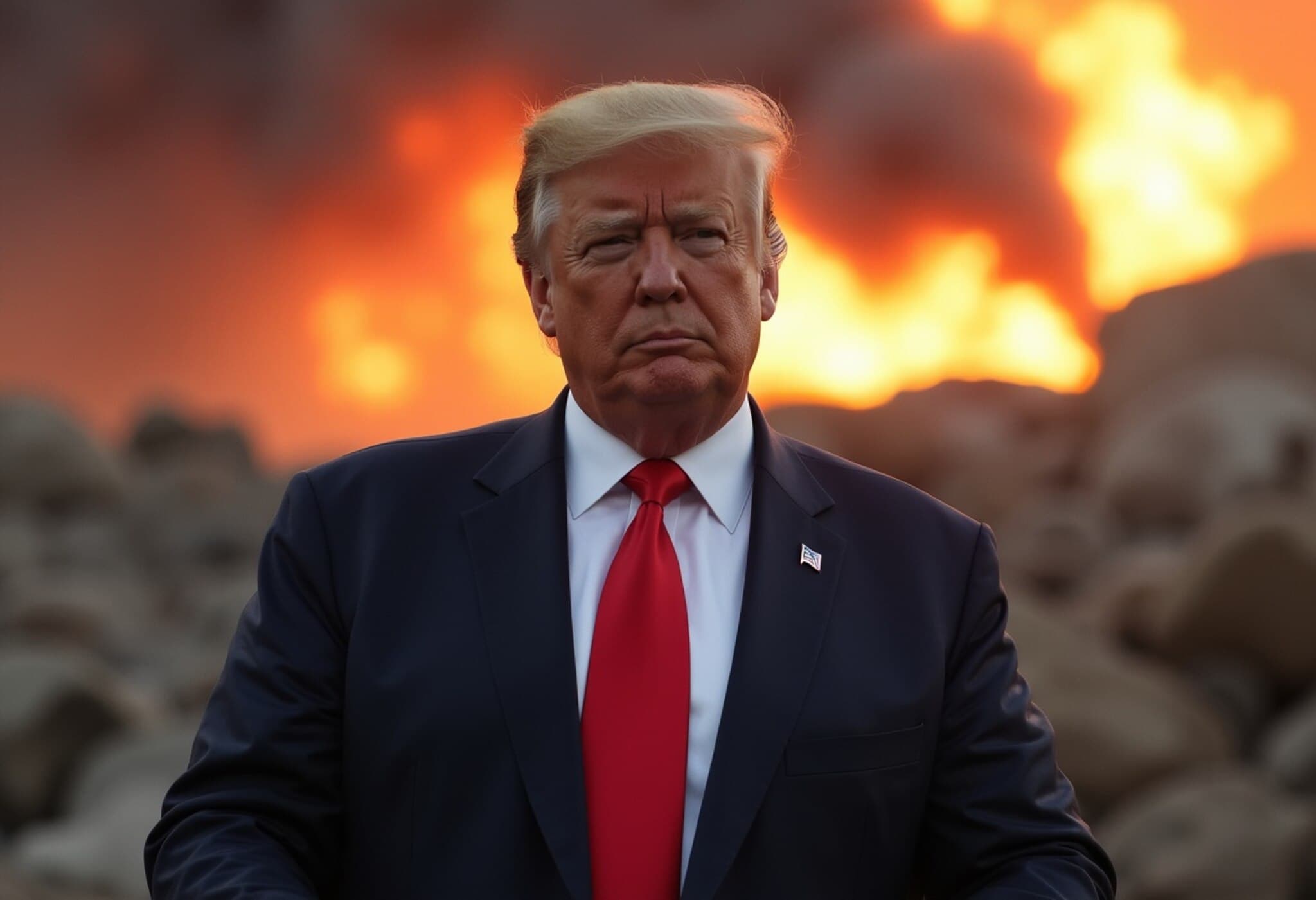Nationwide Protests and International Strains Cloud US Army’s 250th Anniversary Parade
As the United States Army prepares to mark its 250th anniversary with a grand military parade in Washington, D.C., several factors threaten to cast a shadow over the celebrations. Nationwide protests against President Donald Trump, heightened tensions in the Middle East following Israeli strikes on Iran, and looming inclement weather all combine to create a potentially stormy backdrop for the event.
Widespread Protests Challenge the Parade's Atmosphere
The military parade, scheduled for Saturday and coinciding with President Trump's 79th birthday, faces unprecedented opposition on multiple fronts. What began as week-long demonstrations in Los Angeles against the administration’s immigration policies has now rippled across key cities including Chicago, New York, San Antonio, and the nation's capital itself.
To manage potential unrest, the president has deployed National Guard personnel and Marines to Los Angeles, a move contested by California’s governor in court. Furthermore, nearly 2,000 protests of varying scale are planned nationwide under the rallying cry "No Kings," emphasizing that no leader should stand above the law. If carried out, these protests would represent one of the largest coordinated oppositions to Trump's administration since his return to office earlier this year.
Massive Security Measures Shaping Event Logistics
The capital is girded behind a formidable security setup. Over 18 miles (30 kilometers) of 8-foot-high black fencing fortified with concrete barriers will cordon off streets and iconic landmarks, such as the Washington Monument. Thousands of law enforcement officers from across the country will be deployed alongside Secret Service-operated drones monitoring disturbances from above.
The Federal Aviation Administration will temporarily close Reagan National Airport during the parade’s peak to ensure safety. Organizers anticipate hundreds of thousands of spectators, inevitably requiring meticulous crowd management.
Cost, Controversy, and Criticism
The extravaganza is expected to cost somewhere between $25 million and $45 million, covering everything from troop accommodation to transporting heavy equipment. Critics decry the event as an unnecessary display of power and an extravagant expense, especially against the backdrop of the administration’s stated goal to trim federal spending.
Senator Tammy Duckworth, an Army combat veteran who lost two legs in Iraq, described the parade as "an ego-stroking spectacle" rather than a genuine celebration of the military. She advocated for redirecting such funds towards practical support for military families, such as childcare or tuition assistance.
Resilience Amid Challenges: Parade Highlights
The Army intends to proceed rain or shine, though forecasts predict potential heavy thunderstorms for Saturday evening. The event will showcase nearly 7,000 troops alongside a formidable lineup of 150 military vehicles, including:
- More than 25 M1 Abrams tanks
- 28 Stryker armored fighting vehicles
- Four Paladin self-propelled artillery systems
- Artillery pieces such as M777 and M119 howitzers
An impressive aerial display will feature modern helicopters like Apache, Black Hawk, and Chinook aircraft, as well as vintage World War II warplanes including the B-25 bomber and P-51 Mustang fighters.
Careful Preparations for Infrastructure Protection
To prevent damage from heavy vehicles, officials have installed metal protective plates on vulnerable road sections. The Army has earmarked several million dollars to cover any unexpected repairs but anticipates minimal impact on the city's infrastructure.
International Context Adds Tension
The festivities unfold against a backdrop of rising global tension. Just prior to the event, Israel launched multiple airstrikes against Iranian targets, prompting threats of retaliatory actions. This escalation underscores the complexity of celebrating American military history amidst ongoing international conflicts.
Rare Occasion for a Military Parade in the U.S.
Unlike many countries where military parades are common, such demonstrations are exceptional in the United States. The last significant parade of this kind occurred in 1991, commemorating the Allied victory in the Gulf War.
Voices from Both Sides
While Trump himself insists the parade is not a personal celebration, stating, "I don't feel like a king," his prominent role is unmistakable. Some organizations, such as RefuseFascism.org, have permits for marches culminating near the White House, setting a stark contrast to the military spectacle.
In Trump’s own words, protesters at the parade could face a heavy-handed response aimed at maintaining order.
As the U.S. Army marks its quarter-millennium milestone, the parade captures the nation’s complex mix of pride, protest, and geopolitical strain — a vivid snapshot of America at a pivotal moment.

